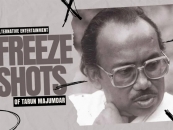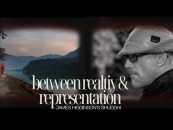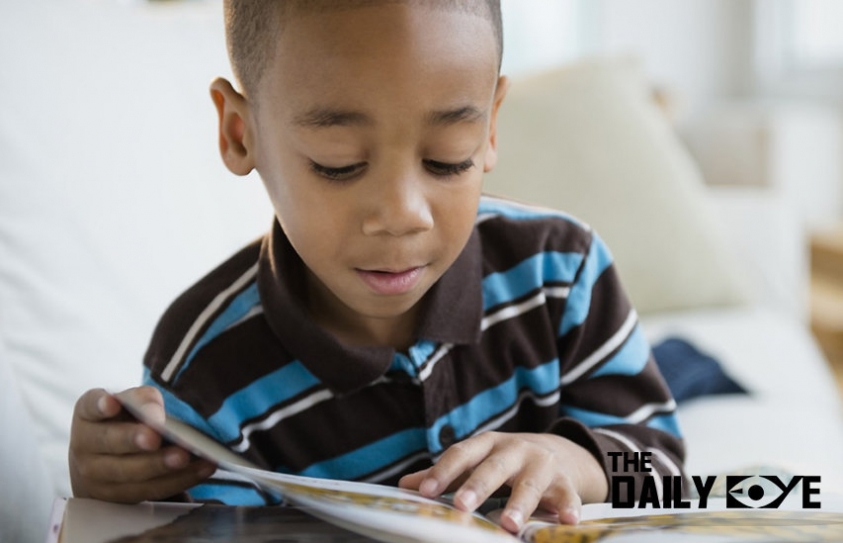
Picture Books and Coming-of-age Stories
by Yash Saboo February 28 2018, 12:43 pm Estimated Reading Time: 3 mins, 39 secsAs research on transgender and gender nonconforming children and youth becomes increasingly prevalent in literary scholarship, educational possibilities arise for teachers of children’s and young adult literature in various classroom settings. A book about a transgender child read during story time in a kindergarten classroom in Rocklin, Canada has divided a school along ideological lines and sparked a flurry of vitriol on social media and conservative websites.
The children’s book “I am Jazz” was brought to Rocklin Academy Gateway School by a transgender student who wanted to share it with classmates during story time. “I am Jazz” is the story of a real-life transgender girl named Jazz Jennings.
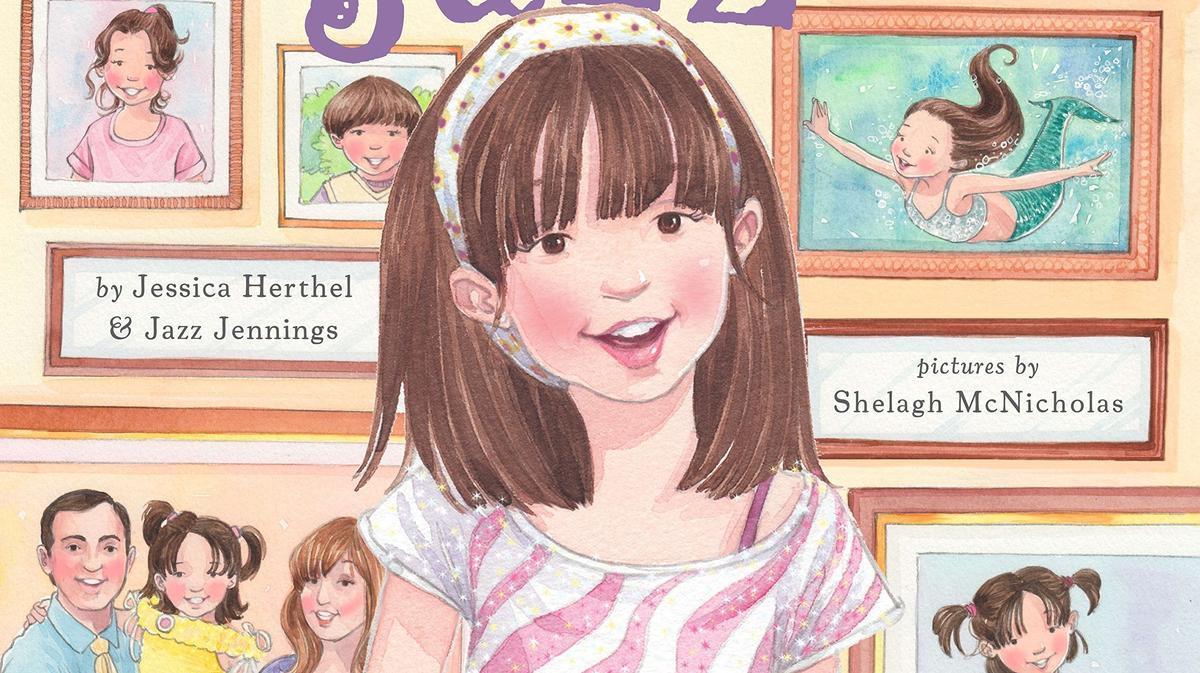
“I have a girl brain but a boy body,” Jazz says in the book. “This is called transgender. I was born this way!”
Later that same day, the Rocklin teacher selected and read “Red: A Crayon’s story,” a book about a crayon struggling with an identity crisis, according to a letter from the public charter school, which is part of the Rocklin Academy Family of Schools. The books are geared to children ages 4 to 8.
Upset parents called the school and met with administrators. They protested at a board meeting. Two families pulled their kids from the school. The issue has become so heated that the district hired a public relations firm to help handle the fallout.
Social media posts have shown heated opposition to the story-time choice. Stories on local news stations, conservative websites and press releases from family values organizations quoted parents who said the school threw a coming-out party that culminated with a boy coming out of the bathroom in girl’s clothing.
But, trans themes matter in children's books.

Source : Huffington Post
Librarians in the United States have increased their collection of picture books with transgender protagonists by 400 percent. That is, they are, in average, purchasing four books with transgender characters, and, with approximately 7,000 titles. The libraries previously had zero.
Picture books are a significant percentage of the collection, and since shelf space is limited, they try to acquire books that are artistically compelling, well written, entertaining, and/or informative. These books are important because of their subject matter.
Picture books tackle gender nonconforming behaviour in ever-evolving ways. Compare, for example, Tomie DePaola’s classic Oliver Button is a Sissy (Harcourt Brace, 1979), in which bullies learn that calling Oliver a “sissy” hurts his feelings, with Harvey Fierstein’s The Sissy Duckling (S. & S., 2002), in which Elmer states, “I’m a big sissy and proud of it!” Instead of DePaola’s simple message about hurtful name-calling, Fierstein’s story presents an unapologetically queer protagonist, where the main character finds strength and confidence in his much-maligned femininity.
In Cece Meng’s Tough Chicks (Clarion, 2009), three smart young chickens (girls, of course) use their math and engineering skills to rescue a farmer’s tractor from a mud patch. And Michelle Knudsen’s Big Mean Mike (Candlewick, 2012) takes on the fragility of masculinity: the toughest dog in the neighbourhood is terrified that other dogs will see him hanging around cute fuzzy bunnies and decide that he’s “not so big and mean after all.” In these books, gender nonconformity goes beyond just boys playing with dolls or girls rejecting princesses, presenting much more nuanced and complex ideas of how behaviours are gendered and how to navigate those complex structures. Meng’s chicks are adorable and fluffy and strong, and Knudsen’s bunnies out-tough the meanest dog, challenging a range of gender assumptions with humour and subtlety.
The May 29, 2014, issue of Time magazine bore the cover line “The Transgender Tipping Point: America’s Next Civil Rights Frontier.” Despite growing awareness of trans issues, transgender people—particularly youth, women, and people of colour—still endure particular oppression. There is a growing body of literature for young adults with transgender themes or protagonists, such as Susan Kuklin’s Beyond Magenta (Candlewick, 2014) and the memoirs by trans teens Katie Hill and Arin Andrews, Rethinking Normal and Some Assembly Required (both S. & S., 2014). Trans YA literature deserves its own discussion and analysis, due to the recent growth of that genre by a variety of authors.




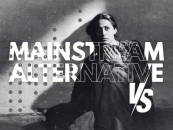

-173X130.jpg)


